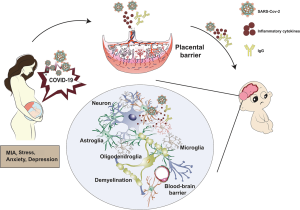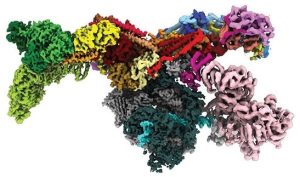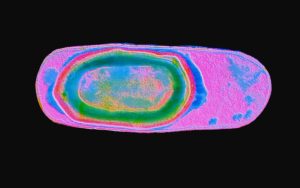A recent study conducted at the workplace found that providing information on food and drink labels about how much exercise is required to burn off the calories from your choice did not affect people’s dietary decisions.
Scientists labeled all food and drink items in 10 workplace cafeterias with physical activity calorie-equivalent (PACE) labels and calorie information during the course of a 12-week period in 2021. Each one displayed the number of minutes of walking required to expend all the calories in each product.
A calorie surplus can result in more serious health problems.
Overeating is a major factor in the development of obesity. Previous research has shown that meals prepared at home tend to be more nutritious than those that people can find near or at their place of employment. In the United States, more than four out of ten persons are overweight or obese, which raises their risk of developing conditions including Type 2 diabetes and cancer.
There was a lot of variation amongst cafeterias, even though we discovered that displaying the amount of exercise needed to burn off calories had minimal effect on the quantity of calories purchased—and, we can infer, eaten and drink. According to first author Dr. James Reynolds from the School of Psychology at Aston University, who conducted the study while at Cambridge, “this suggests that other factors may have influenced the effectiveness of these labels, such as the kind of food sold in the cafeteria or the traits of those using them.











